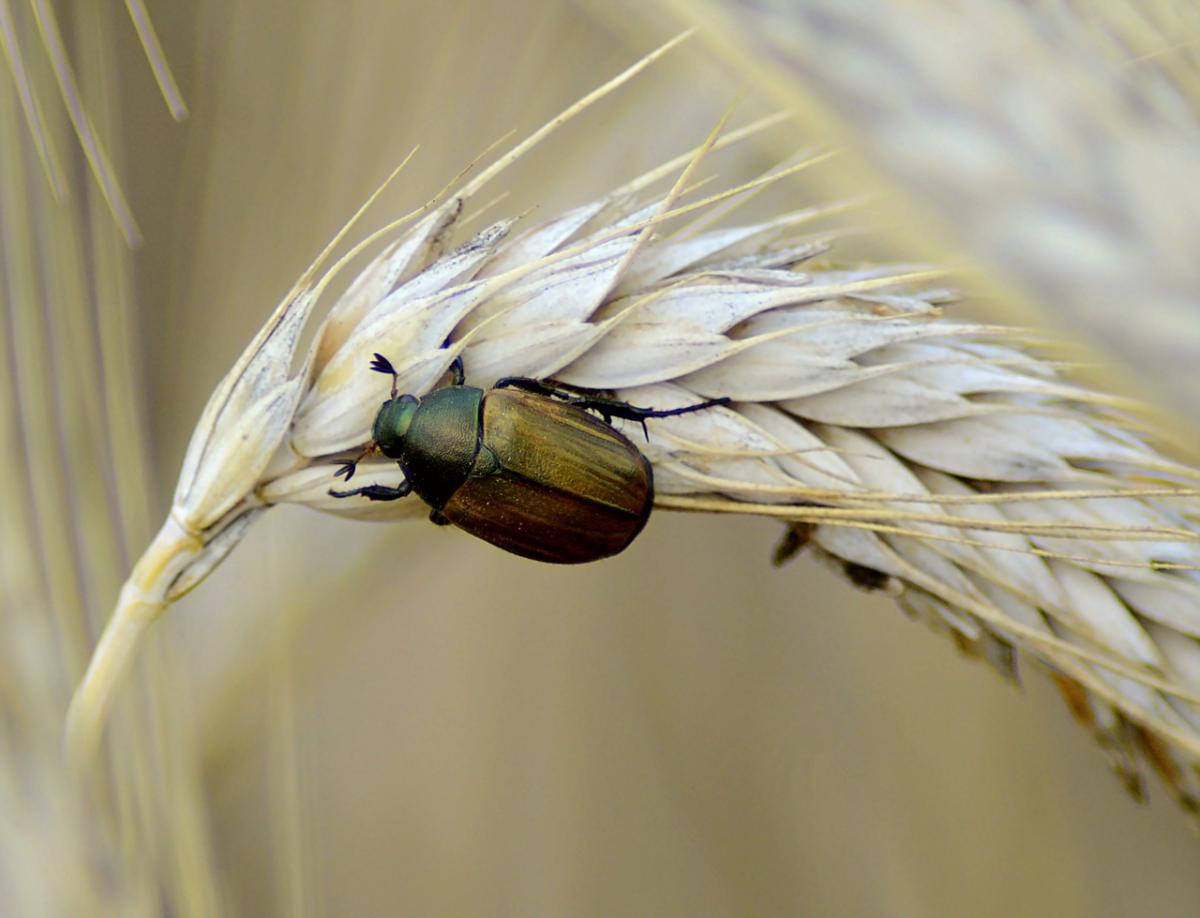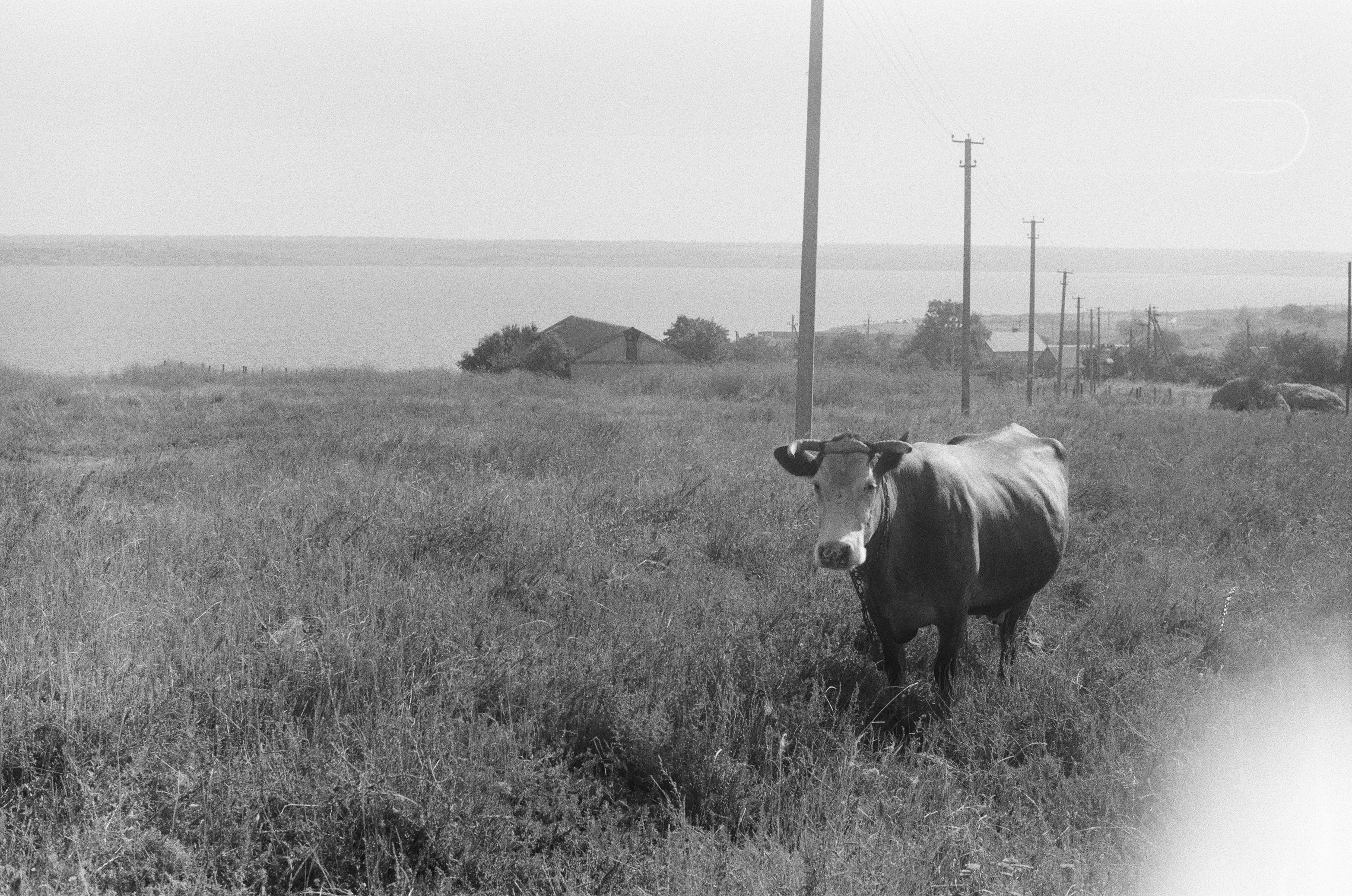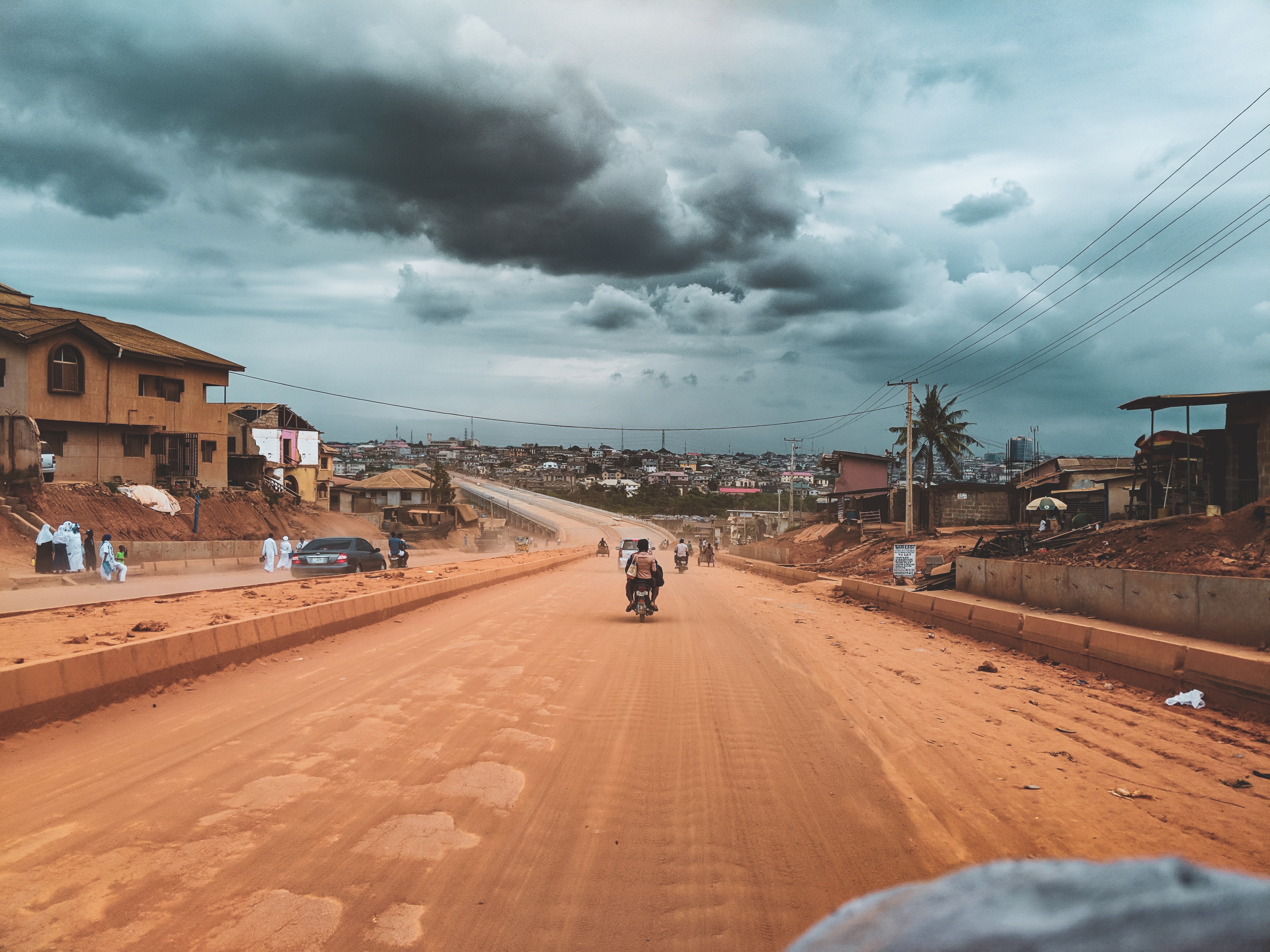EU ideas for agriculture hold some promise for nature but questions remain
Today, the European Commission unveiled its strategy for the future of the Common Agricultural Policy (CAP), which calls for more environmentally friendly farming in the EU; however key questions remain regarding implementation and budgetary commitments.

Photo: Pixabay
Some elements of the non-legislative communication appear positive, such as the Commission’s call for EU countries to consider Management Plans for the European Network of Protected Areas Natura 2000 and to include Biodiversity Strategies in the implementation of the future CAP.
IUCN also welcomes the link with EU action on the COP21 Paris Agreement and the United Nations Sustainable Development Goals (SDGs), and the recognition that the future CAP should reflect a higher level of environmental and climate ambition. However, the Commission does not detail how this will happen and the communication lacks clear budgetary commitments.
Furthermore, IUCN is concerned about the enhanced power that Member States would have in implementing the CAP, raising doubts about the policy’s “common” character, as well as the mechanisms to ensure these goals are achieved. It is also crucial that the new CAP when it is implemented takes account of its important effect on agricultural systems and biodiversity in the rest of the world.
Luc Bas, Director of the IUCN European Regional Office, said: “The Commission's Communication holds some promise regarding leading the EU towards more sustainable agriculture, but more ambition is needed. It is also not clear how the Commission will ensure national CAP Strategic Plans will contribute to reversing the decline of European biodiversity.”
Notes for editors:
Agriculture is the basis of the global and EU food system and, according to the FAO, the demand for food is likely to grow by 70% by 2050[1]. Unsustainable agriculture is at the same time the largest driver of species loss and conversion of natural habitats, and the greatest threat to natural genetic diversity globally[2]. Around half of the EU’s land is farmed, and agriculture was listed in a recent Commission study as one of the most frequently reported pressures that have a high negative impact on the state of nature in Europe[3]. European leaders are currently discussing the EU budget for the post-2020 period, including the CAP.
[1] See European Commission web page on food security: https://ec.europa.eu/jrc/en/research-topic/global-food-security
[2] See, e.g.: http://www.isaaa.org/kc/Publications/pdfs/documents/KAmmann2004.pdf, http://www.grida.no/publications/rr/food-crisis/page/3569.aspx
[3] The State of Nature Report can be found here: http://www.eea.europa.eu/highlights/state-of-nature-in-the



